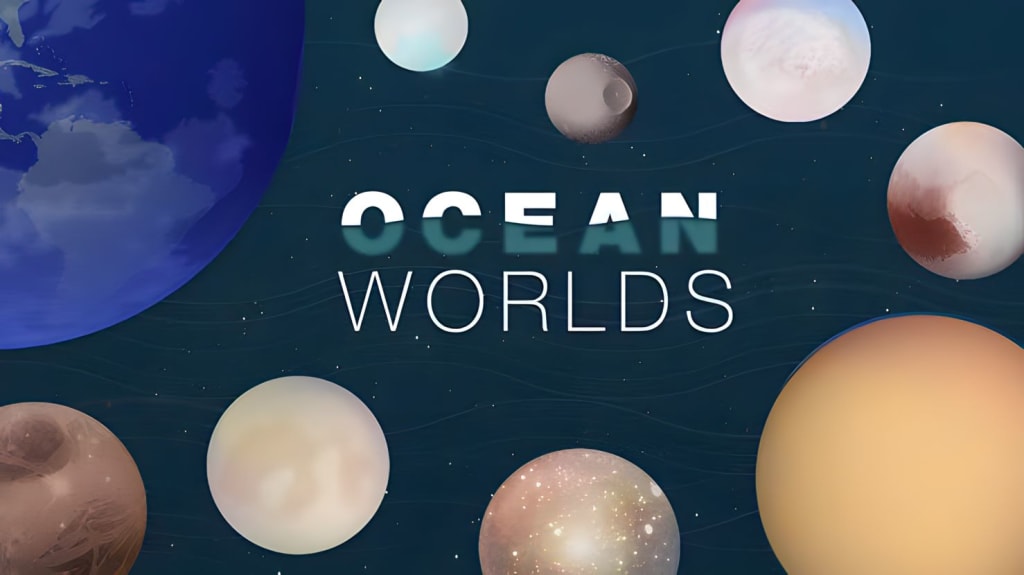Water worlds of our solar system.
water worlds within our own solar system

The search for extraterrestrial life has long captivated the imagination of scientists and the public alike. One of the key factors for the existence of life as we know it is the presence of liquid water. That's why the discovery of water worlds within our own solar system has become an exciting prospect in the search for alien life.
A water world, also known as an ocean planet or an aquatic planet, is a planet that is completely covered in water or has a significant amount of its surface covered by water. Here are some of the known water worlds in our solar system:
Europa
Europa is one of the four Galilean moons of Jupiter, and it is believed to have a subsurface ocean of liquid water. The evidence for this comes from observations made by the Galileo spacecraft, which detected magnetic and gravitational anomalies consistent with the presence of an underground ocean. The surface of Europa is covered in ice, which is believed to be several kilometers thick in some places. It is thought that the ocean beneath the ice could harbor life, possibly in the form of microbial organisms.
Enceladus
Enceladus is one of the moons of Saturn, and it is another water world with a subsurface ocean of liquid water. In this case, the evidence comes from observations made by the Cassini spacecraft, which detected plumes of water vapor and ice erupting from the moon's south pole. The plumes are believed to originate from a subsurface ocean that is heated by tidal forces from Saturn. Like Europa, Enceladus is also a candidate for hosting microbial life.
Titan
Titan is the largest moon of Saturn, and while it is not a water world in the traditional sense, it does have lakes and seas of liquid hydrocarbons on its surface. The lakes and seas are composed of methane and ethane, which are gases on Earth but are liquids at Titan's frigid temperatures. The presence of liquid on the surface of Titan has led some scientists to speculate about the possibility of exotic forms of life that could thrive in such an environment.
Ceres
Ceres is the largest object in the asteroid belt between Mars and Jupiter, and it is also considered a water world. Observations made by the Dawn spacecraft revealed that Ceres has a subsurface layer of salty water ice, which could have been left over from the formation of the solar system. The discovery of water on Ceres has led to speculation about the possibility of life existing beneath its surface.
Pluto
Pluto is a dwarf planet that was visited by the New Horizons spacecraft in 2015. While it is not a water world, the spacecraft detected evidence of a subsurface ocean of liquid water beneath its icy surface. The ocean is believed to be kept liquid by the heat generated by the decay of radioactive elements in Pluto's core. The discovery of liquid water on Pluto has opened up new possibilities for the search for life in our solar system.
The discovery of water worlds within our own solar system has profound implications for the search for extraterrestrial life. While we have not yet found definitive evidence of life on any of these worlds, the presence of liquid water is a necessary ingredient for life as we know it. The fact that water worlds are relatively common within our solar system suggests that the conditions for life may be more abundant than we previously thought.
In addition to the search for life, the study of water worlds has important implications for understanding the formation and evolution of planets. The processes that lead to the formation of water worlds are different from those that form rocky planets like Earth. By studying water worlds, we can gain insight into the diversity of planetary systems and the processes that shape them.
The exploration of water worlds is still in its early stages, but there are several planned missions






Comments
There are no comments for this story
Be the first to respond and start the conversation.